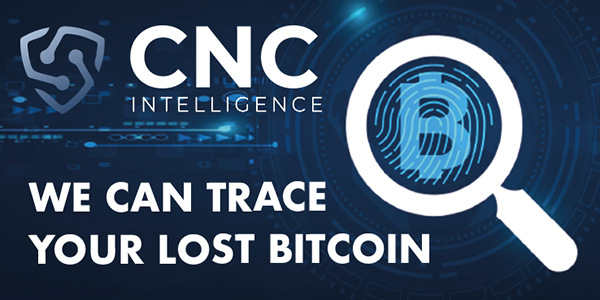This article discusses a recent issue where some PayPal users have been receiving multiple security code text messages, even when they are not trying to log in. This unusual activity is linked to a potential data breach that may have compromised users’ login information. Hackers often target individuals who use the same passwords across multiple platforms, attempting to exploit stolen credentials to access various accounts. The repeated security code alerts from PayPal may indicate unauthorised attempts to access accounts using compromised login details.
This is a common phishing scam where cybercriminals attempt to trick individuals into revealing sensitive information, such as their PayPal login credentials or security codes.
Here are some steps you can take to protect yourself from falling victim to this type of scam:
- Do not respond: If you receive multiple PayPal security code text notifications that you did not request, do not respond to them or provide any information. Cybercriminals often use these tactics to trick individuals into revealing sensitive information.
- Verify the source: Check the sender’s phone number or email address to ensure it is legitimate. Be cautious of any messages that come from unfamiliar or suspicious sources.
- Contact PayPal directly: If you are unsure about the legitimacy of the messages you received, contact PayPal directly through their official website or customer support channels. Do not use any contact information provided in the suspicious messages.
- Enable two-factor authentication (2FA): Enable two-factor authentication on your PayPal account for an added layer of security. This will help protect your account even if cybercriminals have access to your login credentials.
- Educate yourself: Stay informed about common phishing scams and cybersecurity best practices. Be cautious of unsolicited messages or requests for personal information.
- Report suspicious activity: If you believe you have been targeted by a phishing scam or have provided sensitive information, report it to PayPal and relevant authorities immediately.
- Change your passwords: If you suspect that your login information may have been compromised, change your passwords immediately. Use unique, strong passwords for each online account to minimise the risk of unauthorised access.
- Check for unauthorised activity: Review your PayPal account activity regularly to check for any unauthorised transactions or changes. Report any suspicious activity to PayPal immediately.
- Update your security settings: Make sure your account security settings are up to date. This includes reviewing and updating your security questions, contact information, and notification preferences.
- Monitor other accounts: If you use the same password for multiple accounts, consider changing the passwords for those accounts as well. Monitor all your online accounts for any signs of unauthorised access.
By taking these proactive steps and staying vigilant, you can help protect your PayPal account and reduce the risk of falling victim to unauthorised access or fraudulent activities. If you have any concerns or need further assistance, don’t hesitate to contact PayPal’s customer support for guidance..


